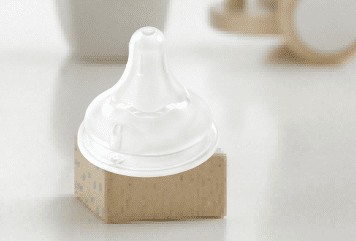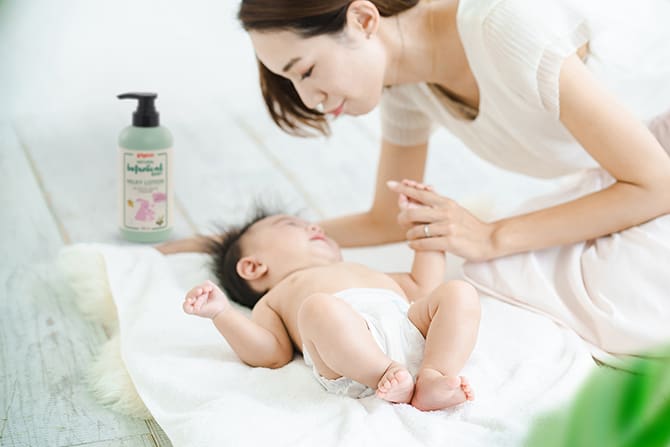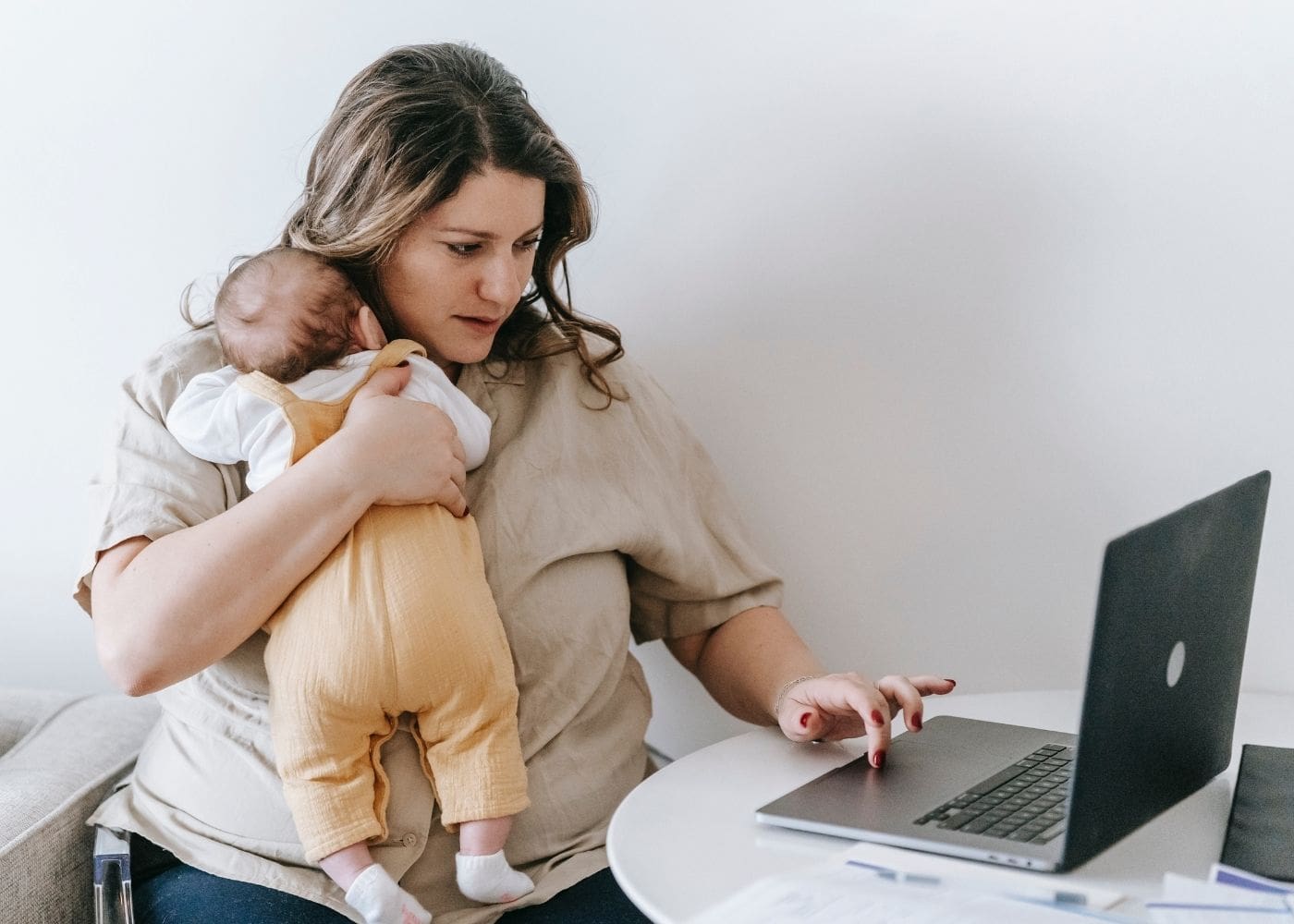Common skin problems among newborns
Congratulations, mama! You did it. The moment you felt your baby’s heartbeat and warmth is the moment motherhood begins. The next few weeks is going to be extra delicate as your little bundle of joy adjusts to life outside the womb. If you are unsure of what to do when your baby develops skin rash or other common skin problems among newborns, keep reading for effective fixes!
Skin peeling
As you sing and whisper words of comfort to your little one, you may notice peeling on its palms, soles and ankles. These peeling areas may also appear to be covered with a waxy substance called vernix. Rest assured that vernix is not new to your baby. In fact, it has been protecting your baby’s skin from amniotic fluid while in the womb. Post-birth, vernix continues to keep your baby’s skin moisturised and well-hydrated. Peeling typically lasts up to three weeks after birth for most babies and is completely normal.
Remember – peeling is a sign that your baby is developing the kind of skin needed in its new environment!
Prickly heat
If you see small red spots on your baby’s neck, back, armpits and chest, you need to beat the heat! Your baby is likely experiencing heat rash, or prickly heat, and needs to freshen up. Heat rash appears on parts of the body that are most prone to sweating, so ensure that you gently wash the affected areas with a baby cleanser and opt for loose-fitting clothes. Your baby’s room should also be well-ventilated. Avoid prolonged exposure to the sun, let loose and keep comfortable!
Diaper rash
While you enjoy seeing your adorable baby in its cute little romper, don’t forget to check its diaper from time to time! If a soiled diaper is left unchanged for too long, it will cause diaper rash. Diaper rash typically begins as red spots on areas covered by the diaper, and may develop into small, raised reddish bumps. Humidity and enzymes from your baby’s urine and stool may also worsen the skin irritation.
In the event of a diaper rash, let your baby’s bottom ‘air’ whenever possible and keep it clean and dry. Check your baby’s nappy every hour, and change soiled diapers right away. Diaper rash will resolve on its own in just a few days!
Milia
Some skin conditions have complicated names and sound scary, but this one isn’t. Milk rash, or milia, is characterised by tiny, flat, white dots that are caused by the blockage of sweat glands. These bumps typically appear on the forehead, cheeks, chin, nose, shoulders and arms and may spread to the torso or genitalia. Milia will affect 1 in 2 babies, but will disappear within two to three weeks on its own – without any treatment! As always, practise good hygiene by keeping the affected area clean and dry.
Eczema
Baby skin that has been hit by eczema will be covered by reddish, dry and itchy patches. Eczema, also known as atopic dermatitis, is fairly common in the first year of life, especially on your baby’s cheeks, elbows, knees and other joints. Eczema may be triggered due to exposure to dust, wind or heat. While some people still have eczema as adults, children generally grow out of eczema.
To relieve eczema, enjoy a relaxing and soothing bath with your baby every day using cool water and a mild soap. Pat your precious one dry gently (do not rub!) and apply moisturiser.
Dry Skin
Your baby’s tender and fragile skin is more prone to becoming dehydrated compared to yours. This is because your baby’s sweat glands are not yet fully developed. If your baby seems to be struggling with an itch, pay attention to the area it is scratching, as a cracked epidermis can be very painful. As much as you love bath time with your newborn, too much of it can strip your baby’s skin of its natural oils. Consider replacing baths with wipe-downs, keep bath times short, and apply a moisturiser after bathing. Win against dry skin with a humidifier in your baby’s room!
Acne
Is that a pimple on your baby’s face? Baby acne is more common than you think! In the final stages of pregnancy, some of your hormones may be passed to your baby through the placenta. These hormones stimulate oil glands on your baby’s skin, which is why acne bumps may appear. Acne bumps may take the appearance of small, raised red bumps, whiteheads or a rash and will come and go between four and six months without any treatment. Gently cleanse the area once a day and pat dry. Do not pop or pick at the pimples and steer clear of lotions and creams to prevent pore clog-ups. In most cases, baby acne will resolve by age three!
Cradle Cap
Some babies have an unusual-looking oily scale or crust at the top or back of their heads. This is known as cradle cap, which is very common among infants. The build-up of dead skin is caused by excess oil made by your baby’s skin, which interferes with the natural shedding of skin on your baby’s scalp. Cradle cap is very easy to treat and almost always begins to clear up in a couple of days. For quicker removal, massage baby oil into the crusts before bathing your baby. Over time, this will soften the scales and make them easier to remove!
When to consult a doctor
If your baby’s skin condition persists even with over-the-counter medication or natural remedies, or if there are fever outbreaks and infections, seek medical attention. This is especially so if your baby’s skin bleeds, cracks or oozes pus.
Practising good hygiene and good skin management can pave the way for a fresh and joyful mother-baby experience. Experts generally recommend that babies take short baths once or twice daily, and choose gentle products that are specially formulated for babies. If your active little baby perspires between baths, a quick wipedown will keep it jolly and clean. Don’t forget to hold your baby close, cuddle and coo, and give it all the love it needs to continue bonding!
8 common skin problems among newborns














